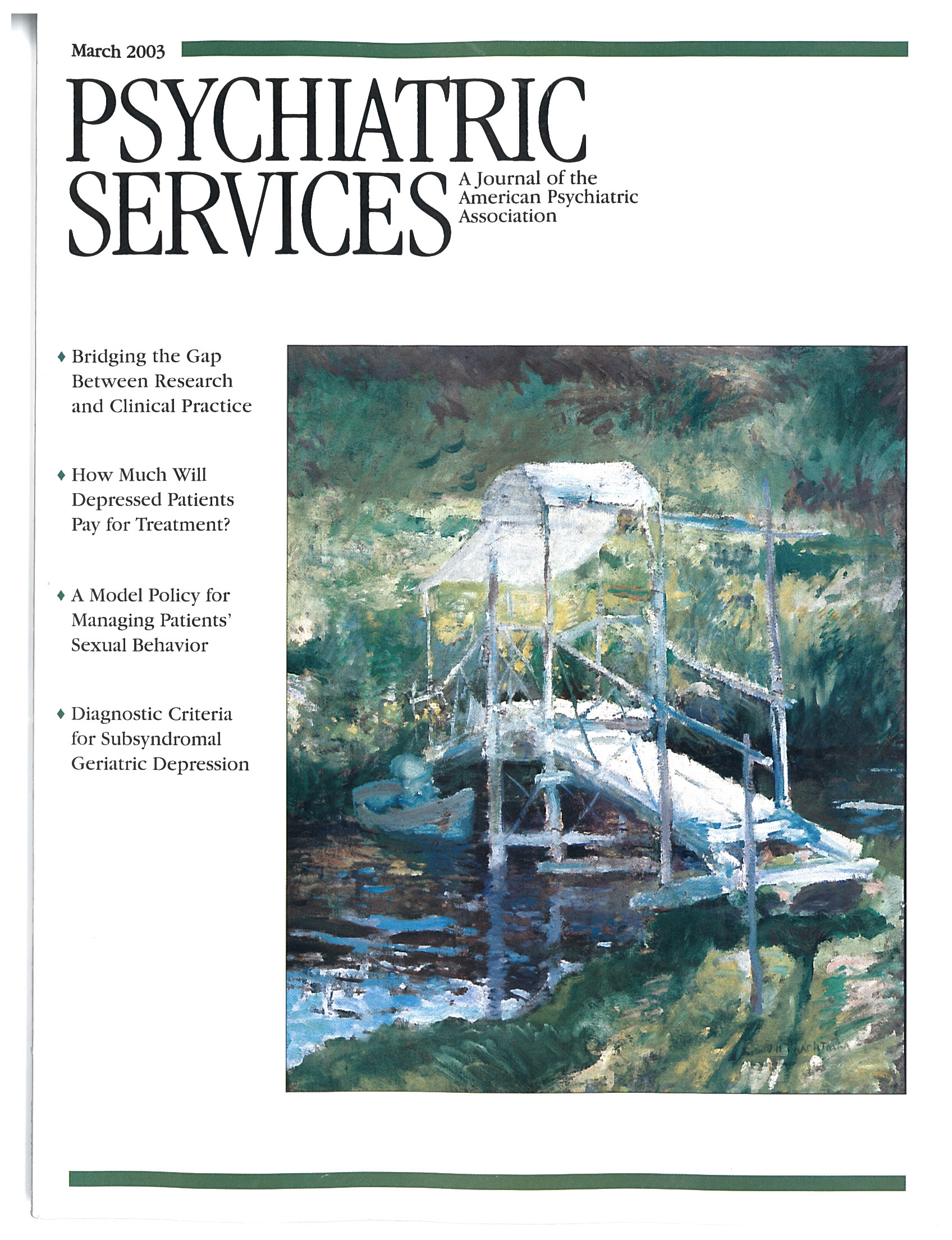Assessing and Treating Late-Life Depression: A Casebook and Resource Guide
This collaboration of three psychologists and a psychiatrist has produced a remarkable book. The blend of the clinical, consultant, and academic expertise of these four authors has resulted in an integrated and cohesive text. The authors' skill, optimism, and enjoyment in assessing and treating geriatric patients permeate the didactic background material in part 1 of Assessing and Treating Late-Life Depression. Their talents especially shine throughout the 14 illustrative and instructive case studies in part 2.
The composite patients represent a diverse range of age, culture, family circumstance, infirmity, language, and residence. These richly described cases fully address the overlapping depressive, anxiety, and dementia disorders seen in geriatric practice. Especially worthwhile are the cases that discuss alcohol abuse, benzodiazepine dependence, and chronic pain, each of which is an easily and usually overlooked complication of depression treatment. The straightforward case of electroconvulsive therapy for psychotic depression discusses an important modality that is unfamiliar to many clinicians.
The cases reflect the complexity of real patients' lives and problems, and the authors avoid simplistic, formulaic, or dogmatic treatment strategies. While noting that they did not want to dissect the economic aspects of care, they provide strategies that are pragmatic and achievable—if not easily—in most health care systems. Reasonable options are discussed to integrate psychotherapy, supportive interventions, psychotropic medications, and medical treatments.
One should not stop reading Assessing and Treating Late-Life Depression after parts 1 and 2. This is a book in which the appendixes actually should be read. The practical and pertinent appendix A, on antidepressant medications, includes useful treatment strategies for specific side effects (other than a change in medications). The selection of five tools for screening and assessment in appendix B includes descriptions and reproductions of the Geriatric Depression Scale and the Michigan Alcoholic Screening Test Geriatric Version. The descriptions of innovative models of care for geriatric depression in appendix C highlight what is possible. The recommended readings, Web sites, and organizational resources in appendix D constitute a truly useful guide to available resources.
The obvious audience for this book is composed of students in many disciplines, but the readership definitely should not be limited to novices. As America ages, most family practitioners, internists, nurse practitioners, psychiatrists, psychologists, and social workers will find themselves serving as geriatricians by default. Experienced clinicians who need to expand their knowledge base for assessing and treating geriatric patients will find great value in this book.
Dr. Chatham-Showalter is a geriatric psychiatrist with Neurological Services, Inc., in Allentown, Pennsylvania, and assistant professor of clinical psychiatry at Pennsylvania State Hershey School of Medicine.



